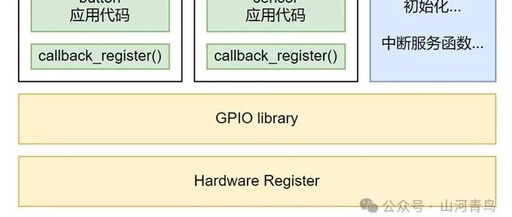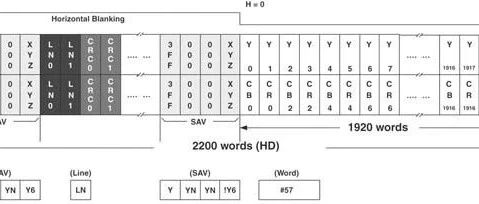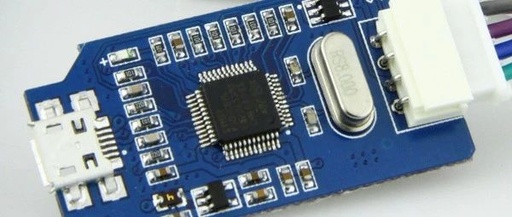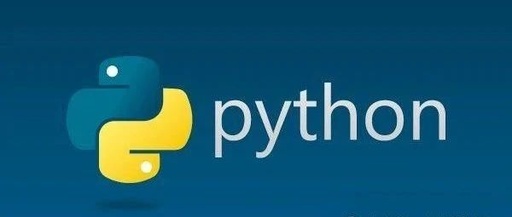Remote Debugging of MIPS Executables with QEMU and IDA
Introduction Remote debugging with QEMU is quite simple; just enable the -g parameter to bind to a local port. However, IDA requires some configuration to debug MIPS architecture binary files and pause processes for debugging. (There are many online tutorials on how to run IDA in Linux and set up the buildroot environment, or feel … Read more









